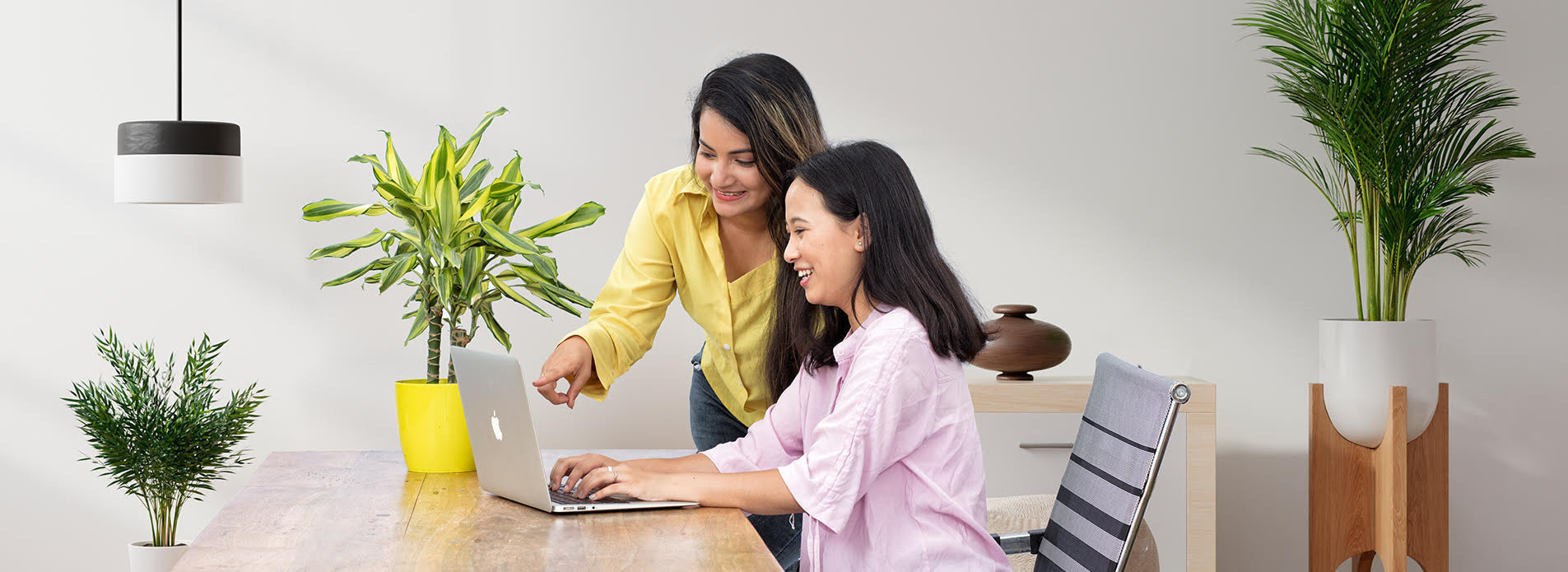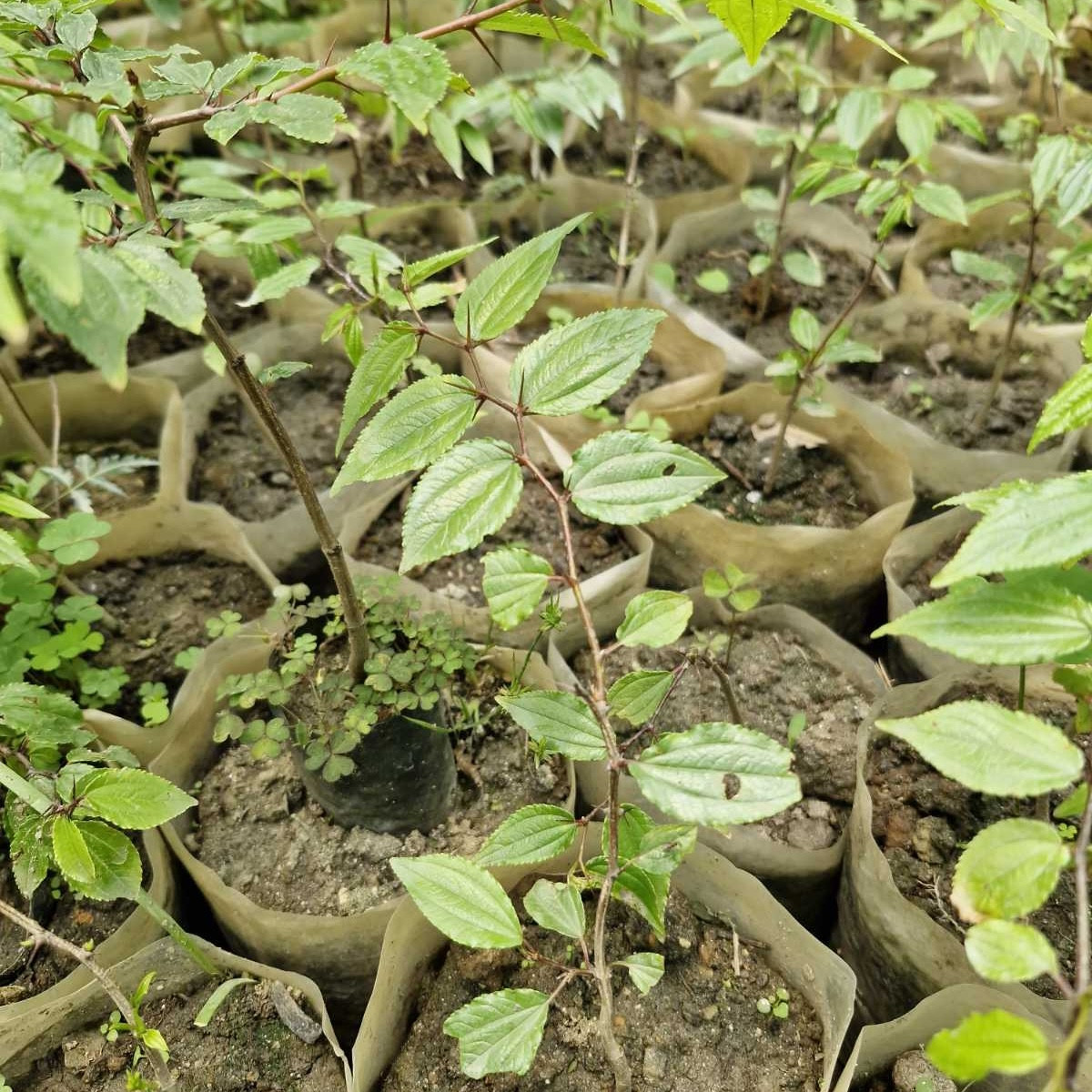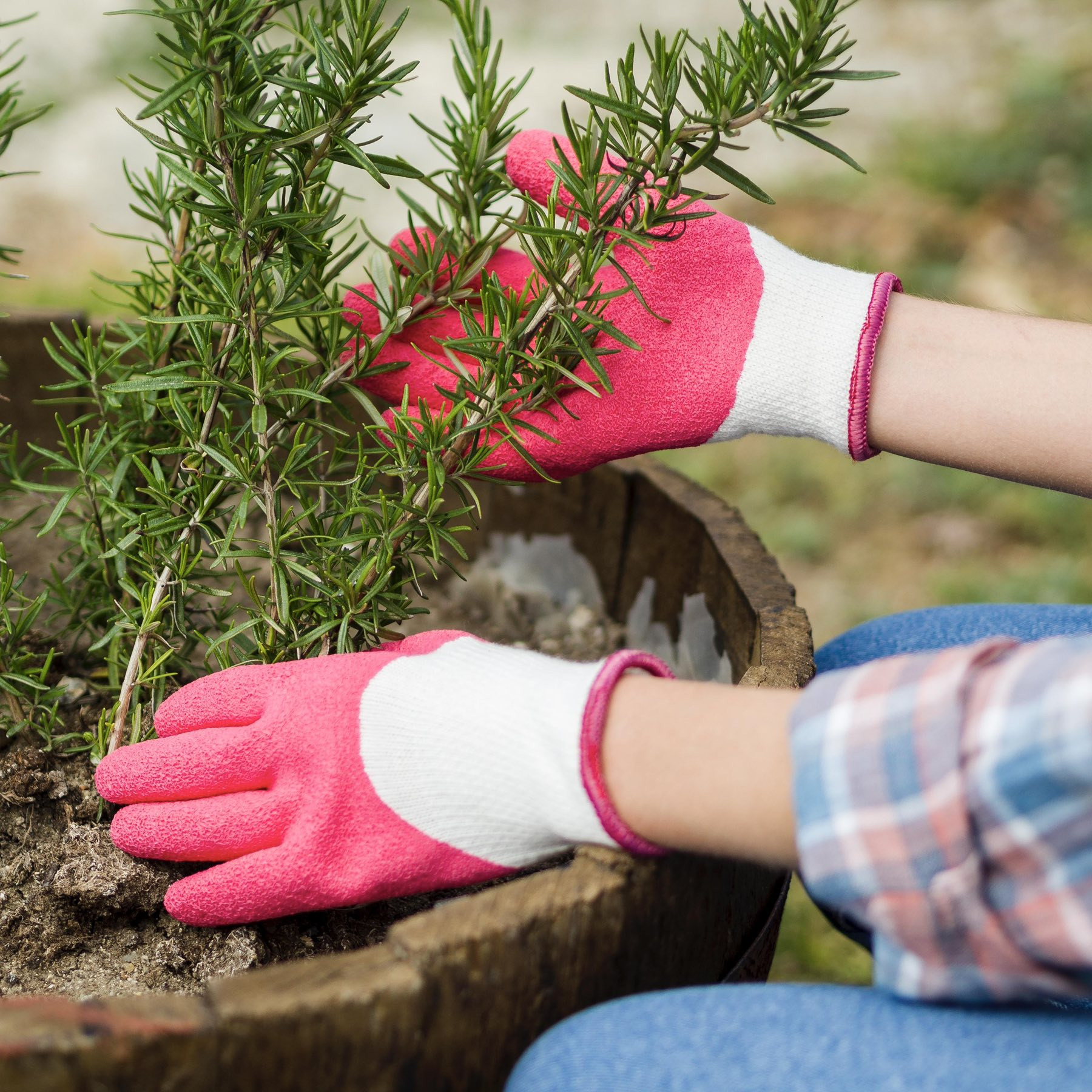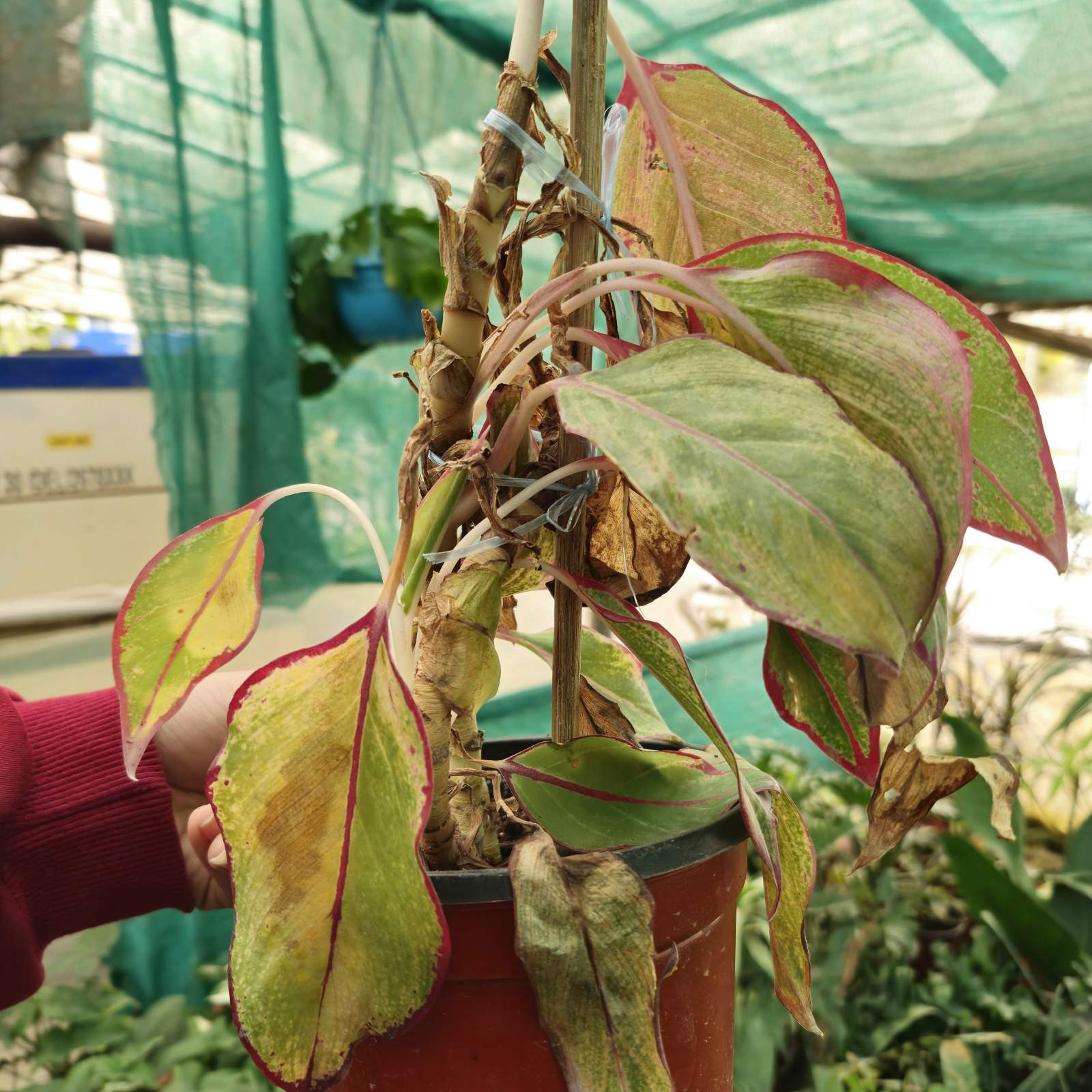No Products in the cart.
Strategies to Prevent Root Rot in the Winter
Winter is a crucial time when it comes to your indoor plants. Plant parents need to stay alert as winter and water can sometimes be enemies.
And while you are all comfy in your blanket and socks, your plant might be suffering from the cold and moist conditions causing different problems, of which root rot is a common one.
What is root rot?
Root rot is a serious disease caused by fungal or fungus-like pathogens that grow well in moist soil and potting mixes, such as Fusarium, Phytophthora, Pythium, and Rhizoctonia.
During the winter season, soil remains wet for a long time means plants need less water but if we keep watering them like it's summer, your plants may end up sitting in damp soil which suffocates roots and causes them to rot.
If not treated in time, the rotten or decayed roots can spread to healthier roots and kill them even when the soil conditions are right.
Common signs of root rot
Some common signs of root rot to watch for are:
Yellowing leaves: Dead or decaying roots prevent sufficient nutrients from reaching the leaves causing them to lose their green color and turn yellow.
Wilting: The damaged leaves can’t absorb the water effectively, leading to droopy leaves, even when the soil is wet.
Brown or Black, Mushy roots: White and firm roots are healthy ones. But if you notice soft, dark, and mushy roots, it might be an indication of root rot due to the breakdown of root tissues.
Foul order: As the decaying roots break down, they produce a bad smell like rotten eggs, indicating the presence of rot and decay in the soil.
Stunted growth: Roots are the main source to absorb water and nutrients in plants. Damaged roots can't do so, which halts or slows the plant's growth.
Leaf drop: The plant sheds leaves, especially the older ones to conserve energy and resources as it struggles to survive.
Tips to prevent root rot
While there are many different ways to prevent root rot, the number one thing to remember is not to overwater your plants. But if there were fungal spores unknowingly in the soil, then my friend's root rot would be unavoidable. Luckily, there are many ways by which rots are easily prevented.
#1 Choose the right potting mix
Make sure the soil is very well draining and chunky that way when you water the plants, the water flows thoroughly and there is still room for the oxygen to flow through. Change the potting mix regularly and avoid heavy soils that hold too much water.
Use a well-draining potting mix, a mix that contains cocopeat, perlite, cocochips, bark or sand.
#2 Use proper pots
Always choose a planter containing sufficient drainage holes. Clay pots are better as they allow air and moisture to escape, helping to keep roots dry. Never let your plants sit in drainage water.
#3 Know your plant's need
Different houseplants have different requirements. Do some research on your plants and know about their specific requirements. Some plants need more water while some thrive on less.
In the winter, when there is less light and sun, many plants go dormant meaning less watering.
#4 Adjust watering
As already mentioned, plants need less water in winter in comparison to summertime. So water only when the top inch of soil feels dry to touch. Until the top 2 inches (5 cm) of soil is dry, most plants won't require water. Always remember, it's better to be underwater than to be overwater.
#5 Promote good airflow
One element that helps stop the majority of harmful fungal species is good airflow. It also dries out soil more quickly and helps prevent mold and rot. Enough airflow also promotes transpiration in plants. Thus, plants use more water from the soil which helps to dry out soil faster.
#6 Check your plants regularly
Keep an eye out for wilting or yellowing leaves, as these could indicate problems. Carefully remove the plant from its pot to examine the roots if you suspect root rot. Any mushy or black roots should be trimmed away; only healthy roots should be strong and white.
#7 Use fungicide if needed
If root rot shows up, don't panic, instead consider using a fungicide like Saaf or Herbal Protection Spray to combat the problem. Look for organic solutions suitable for indoor plants and pay close attention to the directions.
Final thoughts on root rot
It's important to pay extra attention to your indoor plants over the winter, especially to avoid root rot. By understanding the signs and symptoms of this disease and implementing the strategies mentioned above, you can keep your plant healthy and vibrant.
And adore the beauty of your plants and the comfort they bring to your home even in cold months.
Happy Gardening!





